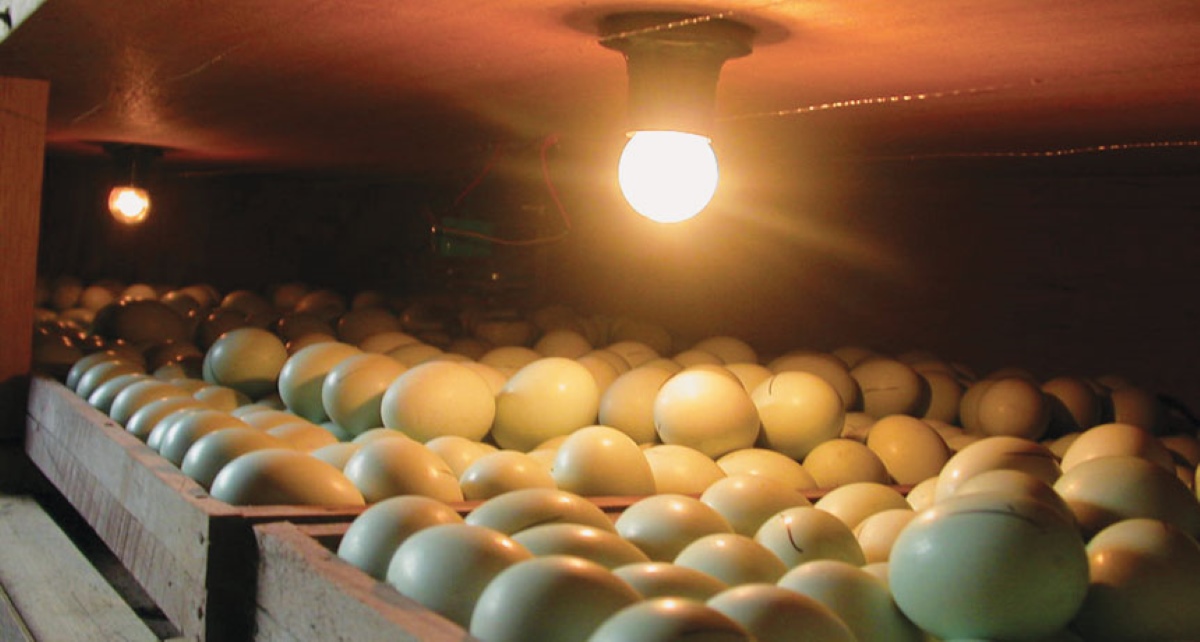

Articles
How To Store Eggs For Incubation
Modified: January 6, 2024
Learn how to store eggs for incubation with our informative articles. Get expert tips and advice for successful egg storage and hatching.
(Many of the links in this article redirect to a specific reviewed product. Your purchase of these products through affiliate links helps to generate commission for Storables.com, at no extra cost. Learn more)
Introduction
Egg incubation is a fascinating process that allows you to witness the miracle of new life being born. Whether you are a poultry enthusiast, a farmer, or simply curious about nature’s wonders, learning how to store eggs for incubation is crucial for successful hatching.
Proper egg storage plays a crucial role in maintaining the viability and health of the embryo. It helps preserve the integrity of the eggs, ensuring that they will have the best chance of developing into healthy chicks.
In this article, we will explore the factors to consider before storing eggs for incubation, the steps to prepare and store the eggs, and important tips to maximize the hatchability. So, let’s dive in!
Key Takeaways:
- Proper egg selection, handling, and storage conditions are crucial for successful incubation. Regular monitoring, turning, and maintaining ideal temperature and humidity levels maximize hatchability and ensure healthy chick development.
- Selecting high-quality eggs, preparing them for storage, and choosing the right storage container are essential for successful hatching. Regular egg turning, monitoring, and maintaining cleanliness throughout the process are key to maximizing hatchability.
Read more: How To Store Eggs Before Incubation
Factors to Consider Before Storing Eggs for Incubation
Before you begin storing eggs for incubation, there are several factors you need to consider to ensure a higher chance of successful hatching. Let’s take a look at these factors:
- Egg Quality: Quality eggs are more likely to result in successful hatching. To determine egg quality, look for eggs with intact shells, smooth and clean surfaces, and with no cracks or abnormalities. Avoid using eggs that are misshapen, excessively dirty, or unusually large or small.
- Egg Age: Fresh eggs have a higher chance of successful hatching compared to older eggs. Ideally, eggs should be no more than one week old when stored for incubation. However, it’s still possible to use eggs that are up to ten days old.
- Breeding Stock: The quality of the breeding stock plays a significant role in the hatchability of the eggs. Ensure that your breeding birds are healthy, disease-free, and of good genetic stock. Healthy parents lead to healthier and more viable eggs.
- Storage Conditions: Temperature and humidity are crucial factors in maintaining egg viability during storage. Eggs should be stored in a cool, dry place, away from direct sunlight and extreme temperature fluctuations. Maintaining a consistent temperature and humidity level will help preserve the eggs’ viability.
- Handling and Transportation: Proper handling and transportation of eggs are essential to avoid damage to the delicate embryos. Always handle eggs with clean hands, avoiding excessive jostling or dropping. Use proper egg cartons or trays to transport eggs to minimize the risk of damage.
By considering these factors prior to storing eggs for incubation, you will greatly increase the chances of successful hatching and the development of healthy chicks.
Selecting and Collecting Eggs for Incubation
The process of selecting and collecting eggs for incubation is crucial to ensure the viability and health of the embryos. Here are some steps to follow when selecting and collecting eggs:
- Egg Selection: Choose eggs from healthy, disease-free breeding stock. The breed and quality of the birds will also play a role in the egg’s viability. Select eggs that have a smooth, clean surface, with no cracks or abnormalities. Avoid using eggs that are misshapen, excessively dirty, or unusually large or small.
- Timing: Collect eggs promptly after they are laid. Delaying collection can result in reduced hatchability, as the eggs may start to deteriorate in quality. Collect eggs at least once or twice a day to ensure freshness.
- Egg Handling: Handle eggs with clean hands to prevent contamination. Avoid dropping or mishandling the eggs, as it can damage the developing embryo. Hold the eggs gently, being careful not to apply excessive pressure.
- Egg Cleaning: Although eggs generally have a natural protective coating, it is advisable to clean mildly soiled eggs before incubation. Use a damp cloth or sponge to gently wipe away dirt or debris. Avoid using harsh chemicals or scrubbing, as this can damage the eggshell.
- Labeling: It’s important to label each egg with the date it was laid. This will help you keep track of the eggs and determine their freshness during storage.
By following these steps, you can ensure that you are collecting high-quality eggs that have the best chance of successful incubation. Remember to be gentle when handling the eggs and maintain a clean environment to avoid any potential damage or contamination.
Preparing Eggs for Storage
Properly preparing eggs for storage is crucial to maintain their viability and increase the chances of successful hatching. Here are the steps to follow when preparing eggs for storage:
- Cleaning: Before storing the eggs, clean them if necessary. Remove any visible dirt or debris using a damp cloth or sponge. Avoid using harsh chemicals or scrubbing, as this can damage the eggshell.
- Egg Positioning: Store the eggs with the pointed end facing downwards. This helps to keep the air sac at the top of the egg intact, as it should be during incubation.
- Egg Trays or Cartons: Place the eggs in egg trays or cartons to keep them secure and prevent them from rolling around. Avoid overcrowding the trays to allow for proper air circulation around each egg.
- Egg Rotation: It’s important to rotate the eggs daily to prevent the embryo from sticking to the inner surface of the shell. Gently turn each egg at least once a day by 180 degrees. This ensures that the embryo remains properly positioned within the egg and helps prevent deformities.
- Storage Temperature: Eggs should be stored in a cool environment with a consistent temperature. The ideal storage temperature for most eggs is around 55-60°F (13-15°C). Avoid storing eggs in places with extreme temperature fluctuations or direct sunlight, as this can negatively affect their viability.
- Humidity: Humidity levels during egg storage should be relatively low, around 75-80%. Excessive humidity can lead to the growth of mold and bacteria, while low humidity can cause the eggs to dry out. It’s important to find the right balance to maintain the egg’s moisture.
By following these steps, you can ensure that the eggs are properly prepared for storage, increasing the likelihood of successful incubation later on. Remember to handle the eggs with care and maintain proper temperature and humidity levels to preserve their viability.
Ideal Temperature and Humidity Conditions for Egg Storage
The temperature and humidity conditions during egg storage play a critical role in maintaining the viability of the embryos. Here are the ideal conditions to ensure the best chances of successful hatching:
- Temperature: The ideal temperature for storing eggs is between 55-60°F (13-15°C). This temperature range promotes proper development and minimizes the risk of bacterial growth. Avoid storing eggs in areas with extreme temperature fluctuations or direct sunlight, as these conditions can negatively affect the embryo’s development.
- Humidity: Humidity levels during egg storage should be maintained around 75-80%. This level of humidity helps prevent the eggs from drying out, which can result in poor hatchability. However, excessive humidity can encourage the growth of mold and bacteria, leading to a higher risk of contamination. Finding the right balance is crucial.
- Air Ventilation: Adequate air ventilation is essential to prevent the build-up of harmful gases and maintain a fresh supply of oxygen. However, avoid excessive airflow, as it can cause the eggs to lose moisture too quickly. Find a balance between providing enough ventilation and maintaining a controlled environment.
- Temperature and Humidity Monitoring: It’s important to regularly monitor the temperature and humidity levels during egg storage. Use a reliable thermometer and hygrometer to ensure that the conditions remain within the recommended range. Make any necessary adjustments to maintain optimal conditions for the eggs.
By providing the ideal temperature and humidity conditions, you are creating an environment that promotes the healthy development of the embryos and increases the chances of successful hatching. Ensure proper temperature and humidity monitoring to maintain optimal conditions throughout the egg storage period.
Store eggs for incubation in a cool, humid environment, ideally around 55-60°F and 70% humidity. Turn the eggs at least 3 times a day to prevent the yolk from sticking to the membrane.
Read more: How To Store Fertile Eggs Before Incubation
Choosing the Right Storage Container
Choosing the right storage container is crucial to protect the eggs during their storage period and maintain their viability. Here are some factors to consider when selecting a storage container:
- Egg Tray or Carton: Using egg trays or cartons is a popular and effective option for storing eggs. These containers provide individual compartments for each egg, preventing them from rolling around and minimizing the risk of damage.
- Material: Select a storage container made of a suitable material that provides insulation and protection. Plastic or foam egg trays are commonly used as they offer a good balance of insulation, durability, and protection against breakage.
- Size: Choose a container that accommodates the number of eggs you plan to store. Avoid overcrowding the eggs, as it can hinder proper air circulation and increase the chances of damage.
- Airflow: The storage container should allow for proper air circulation around the eggs. Adequate airflow helps maintain a consistent temperature and prevents the build-up of harmful gases. Look for containers with ventilation holes or slots to ensure sufficient airflow.
- Stackability: If you have limited storage space, consider selecting containers that are stackable. This allows you to maximize space while keeping the eggs safe and secure.
- Cleanliness: Ensure that the storage containers are clean and sanitized before use. Any dirt or debris can contaminate the eggs and increase the risk of bacterial growth.
By selecting the right storage container, you can protect the eggs from damage, maintain a proper environment, and increase the chances of successful hatching. Remember to choose a container that provides insulation, allows for airflow, and keeps the eggs secure during the storage period.
Turn and Rotate Eggs Regularly
Regularly turning and rotating eggs during the storage period is crucial for maintaining the health and viability of the embryos. Here’s why this step is important and how to do it effectively:
During natural incubation, the hen constantly moves and turns her eggs, ensuring that the developing embryos receive proper nutrition and oxygen. Mimicking this movement during egg storage helps prevent the embryos from sticking to the inner shell membrane and promotes even development.
Here are some key guidelines for turning and rotating eggs:
- Frequency: Eggs should be turned and rotated at least once a day. Daily turning helps prevent the embryos from sticking to the inner shell and promotes proper development.
- Direction: Eggs should be turned by 180 degrees in either direction. This ensures that each side of the egg is exposed to the warmest part of the eggshell, distributing heat evenly to the developing embryo.
- Consistency: Maintaining a consistent turning schedule is vital. Choose a specific time of day to turn the eggs, and stick to that schedule. Consistency will help avoid disruptions to the embryo’s development and ensure uniform growth.
- Handling: When turning the eggs, handle them gently and avoid applying excess pressure. The embryos are delicate, and rough handling can cause injury or damage their delicate structure.
To help keep track of egg rotation, you can mark one side of each egg with an “X” and the other side with an “O” using a pencil or marker. This will help you know which eggs have been turned and in which direction.
Regular turning and rotating of eggs mimic the natural incubation process and help maintain the health and viability of the embryos. By following these guidelines, you give the embryos the best chance of healthy development and successful hatching.
Monitoring Egg Quality and Viability During Storage
Monitoring the quality and viability of eggs during the storage period is essential in order to identify any issues early on and make necessary adjustments to maximize hatchability. Here are some key factors to consider when monitoring eggs:
- Egg Candling: Candling is a technique used to assess the development and viability of eggs. It involves shining a bright light through the eggshell to visualize the contents. Candling should be done after a few days of storage to check for any signs of development, such as blood vessels or movement.
- Egg Weight Loss: Monitor the weight loss of the eggs during storage. Egg weight loss is a natural process and indicates that moisture is evaporating from the eggs. However, excessive weight loss can cause the eggs to dry out and reduce hatchability. Aim for a weight loss of around 11-15% during the storage period.
- Visible Changes: Regularly inspect the eggs for any visible changes. Look out for signs of contamination, abnormal odors, or changes in egg color. These can indicate potential issues or the presence of harmful bacteria.
- Odor: Pay attention to any unusual odors that may emanate from the eggs during storage. Foul odors can signal the presence of bacteria or spoilage, which can negatively impact hatchability.
- Cracked or Damaged Eggs: Check for any eggs that may have become cracked or damaged during storage. These eggs are at a higher risk of contamination and should be removed from the batch to prevent spoilage.
Regularly monitoring the quality and viability of eggs during storage allows you to identify any potential issues and take necessary steps to ensure their optimal condition. This includes removing any eggs that show signs of spoilage, adjusting temperature and humidity levels if needed, and addressing any abnormalities to maximize hatchability.
Remember to practice good hygiene, handle the eggs with care, and maintain a clean storage environment to minimize the risk of contamination and preserve the quality of the eggs.
Tips to Maximize Egg Hatchability
When it comes to incubating eggs, maximizing hatchability is the ultimate goal. Here are some tips to increase the chances of successful hatching:
- Quality Breeding Stock: Start with healthy, disease-free and genetically sound breeding stock. Healthy parents produce healthier offspring with higher hatchability rates.
- Proper Egg Handling: Handle eggs gently, avoiding excessive shaking or dropping. Rough handling can damage the delicate embryos and reduce hatchability.
- Optimal Egg Storage: Store the eggs in a cool, clean, and well-ventilated environment. Maintain the recommended temperature of 55-60°F (13-15°C) and humidity levels of 75-80% during the storage period.
- Regular Egg Turning: Turn the eggs at least once a day, rotating them 180 degrees. This helps prevent the embryos from sticking to the inner shell membrane and promotes even development.
- Egg Positioning: Store the eggs with the pointed end facing downwards. This helps maintain the proper position of the air sac and promotes the growth of the embryo in the correct orientation.
- Avoid Overcrowding: Do not overcrowd the storage containers. Overcrowding can hinder proper air circulation and increase the risk of damage or contamination.
- Proper Incubator Setup: Ensure that your incubator is set up correctly with accurate temperature and humidity controls. Regularly monitor and adjust the settings as needed to create an optimal incubation environment.
- Regular Egg Candling: Candling eggs during incubation helps you monitor development and identify any potential issues early on. Remove any eggs with no signs of development to prevent spoilage and improve overall hatchability.
- Health and Hygiene: Maintain cleanliness and good hygiene throughout the entire incubation process. Clean the incubator, storage containers, and equipment regularly to prevent the growth of harmful bacteria that can affect hatchability.
- Patience and Observation: Patience is key during the incubation period. Resist the temptation to constantly check or handle the eggs. Excessive handling can disturb the embryos’ development. Instead, monitor the temperature, humidity, and egg turning to ensure a stable and safe incubation environment.
By following these tips, you can significantly increase the hatchability of your eggs. Remember, creating the ideal conditions for incubation and maintaining proper care throughout the process are essential for achieving successful hatching results.
Conclusion
Storing eggs for incubation is a crucial step in the process of hatching healthy chicks. By considering factors such as egg quality, breeding stock, and proper storage conditions, you can greatly increase the chances of successful hatching. Selecting and collecting high-quality eggs, preparing them for storage, and choosing the right storage container are essential steps to preserve their viability.
Maintaining ideal temperature and humidity conditions, turning and rotating the eggs regularly, and monitoring their quality during storage are key factors in maximizing hatchability. By following these measures, you create an environment that promotes proper development and increases the likelihood of successful hatching.
Remember to pay attention to proper egg handling, cleanliness, and hygiene throughout the entire process. Regular monitoring of the eggs, including candling and observing for any changes, allows you to identify and address any issues early on, improving overall hatchability.
By following these guidelines and incorporating best practices, you can embark on a successful journey of egg incubation and experience the incredible joy of witnessing new life coming into the world. Happy hatching!
Frequently Asked Questions about How To Store Eggs For Incubation
Was this page helpful?
At Storables.com, we guarantee accurate and reliable information. Our content, validated by Expert Board Contributors, is crafted following stringent Editorial Policies. We're committed to providing you with well-researched, expert-backed insights for all your informational needs.
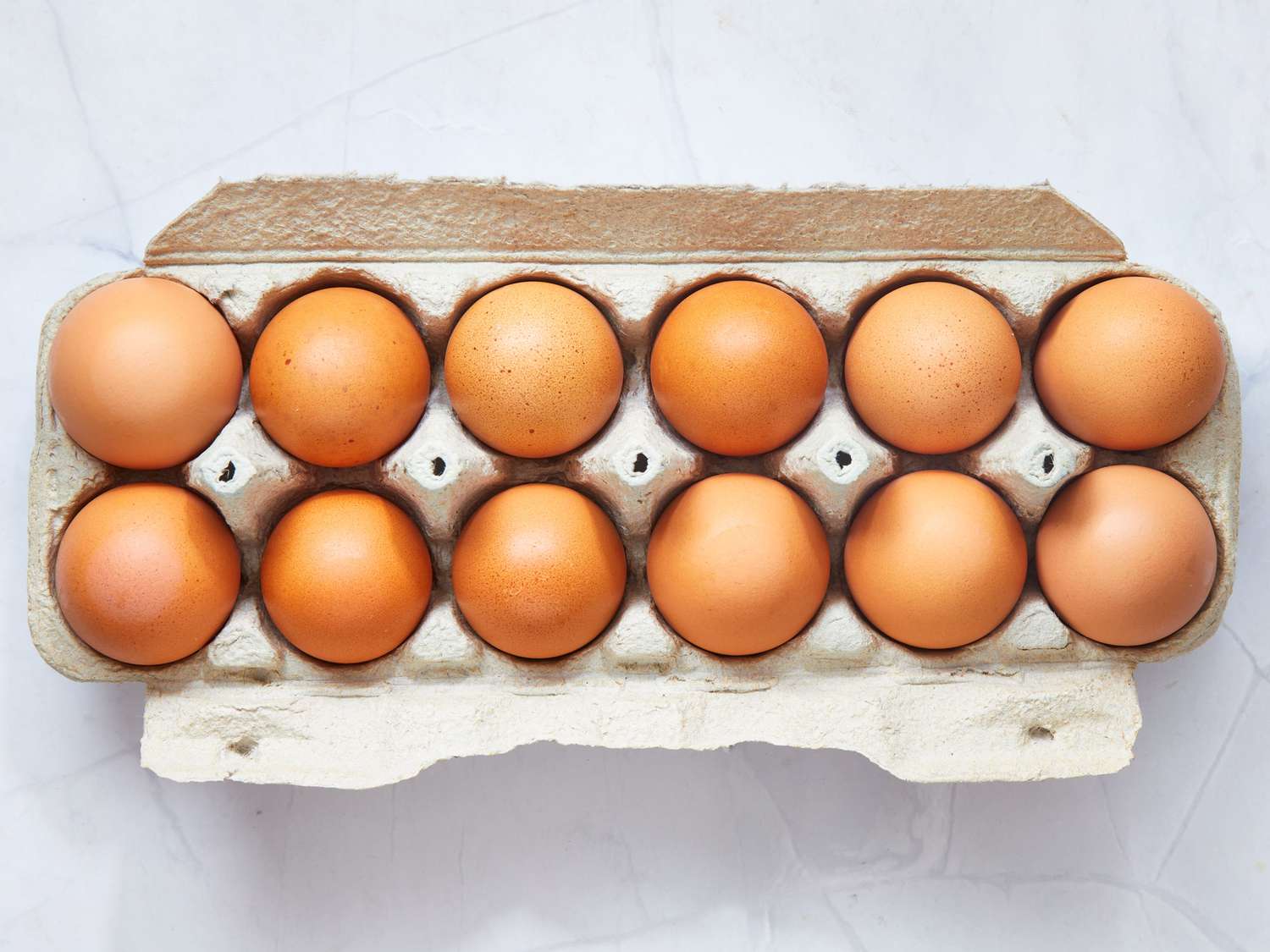
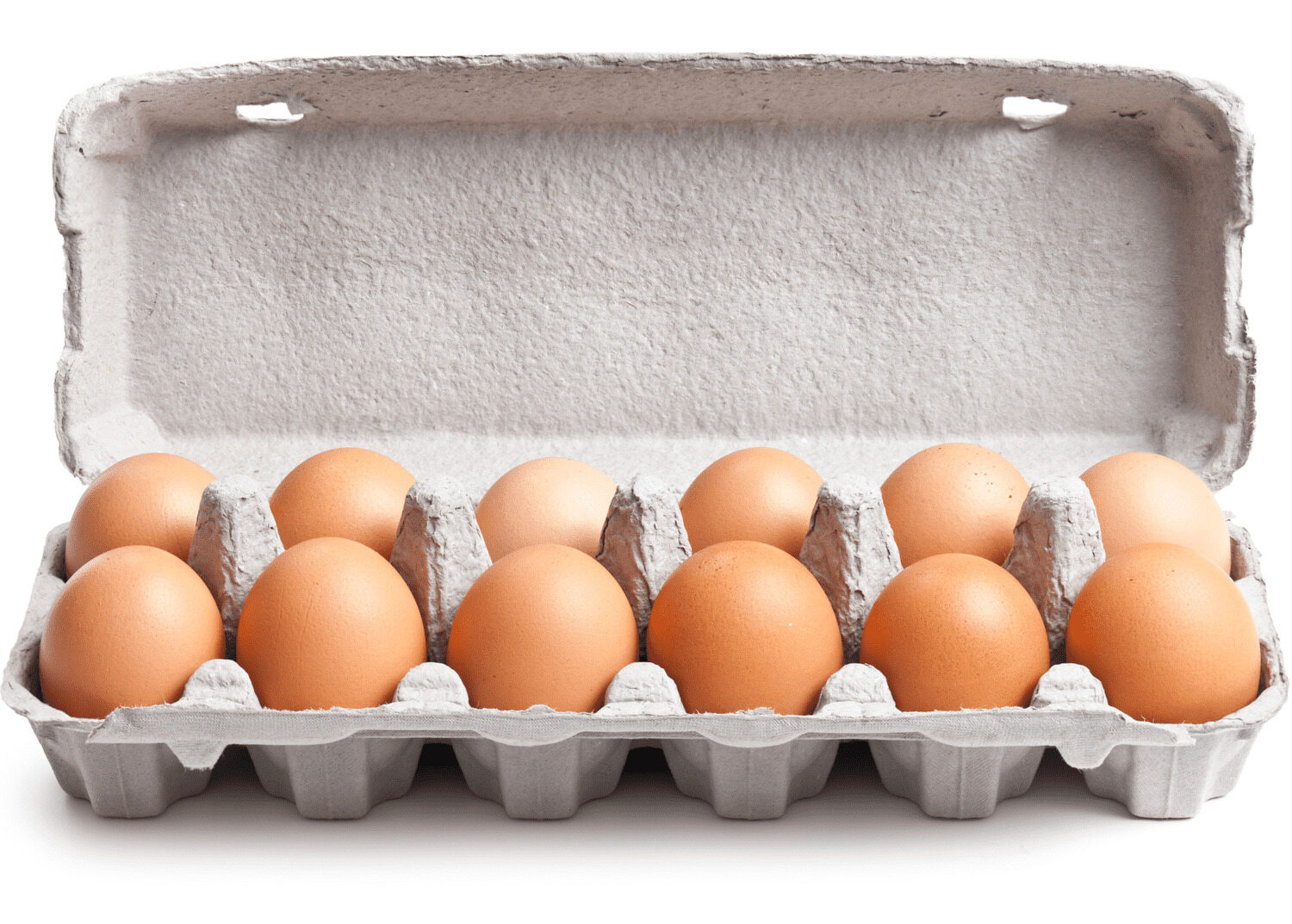
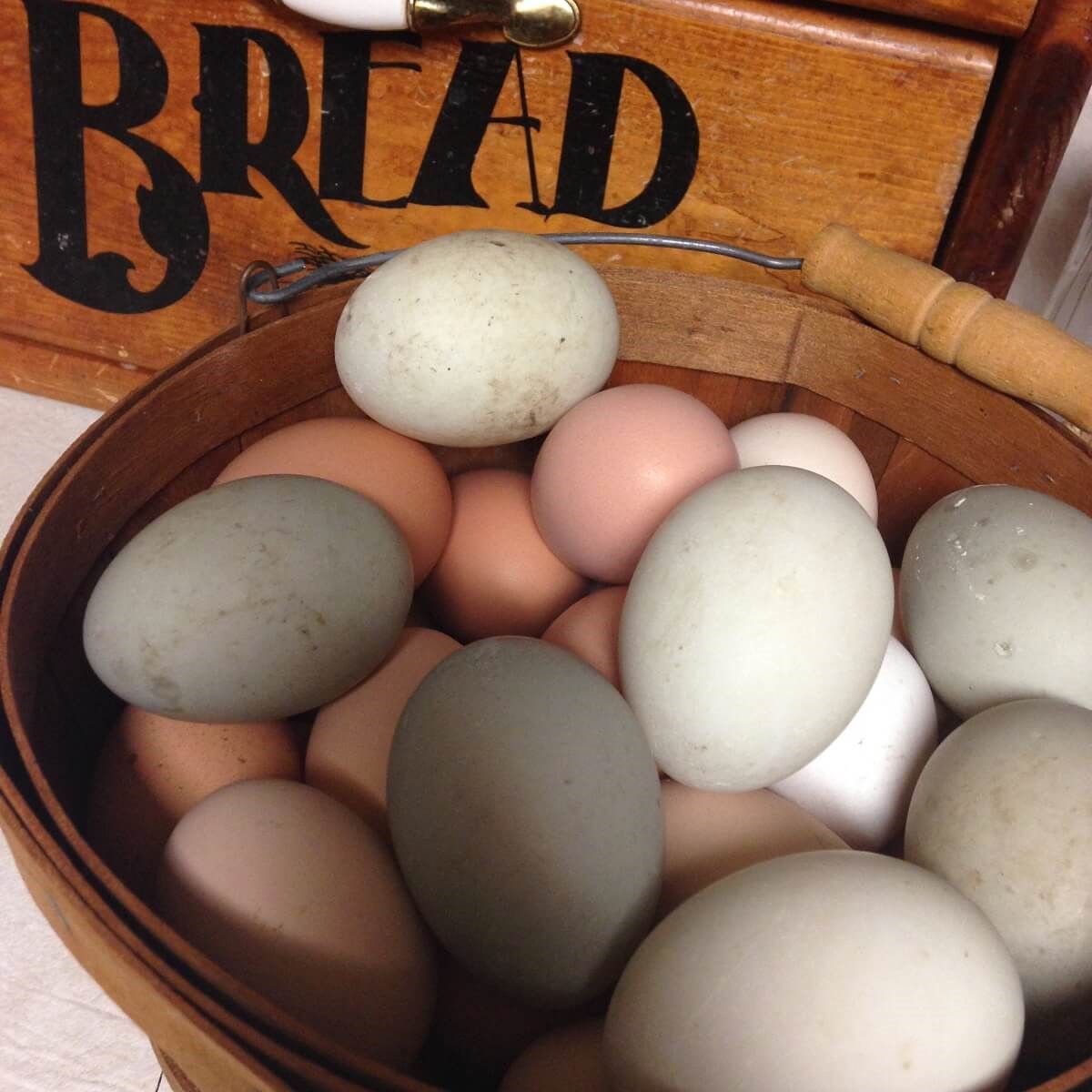

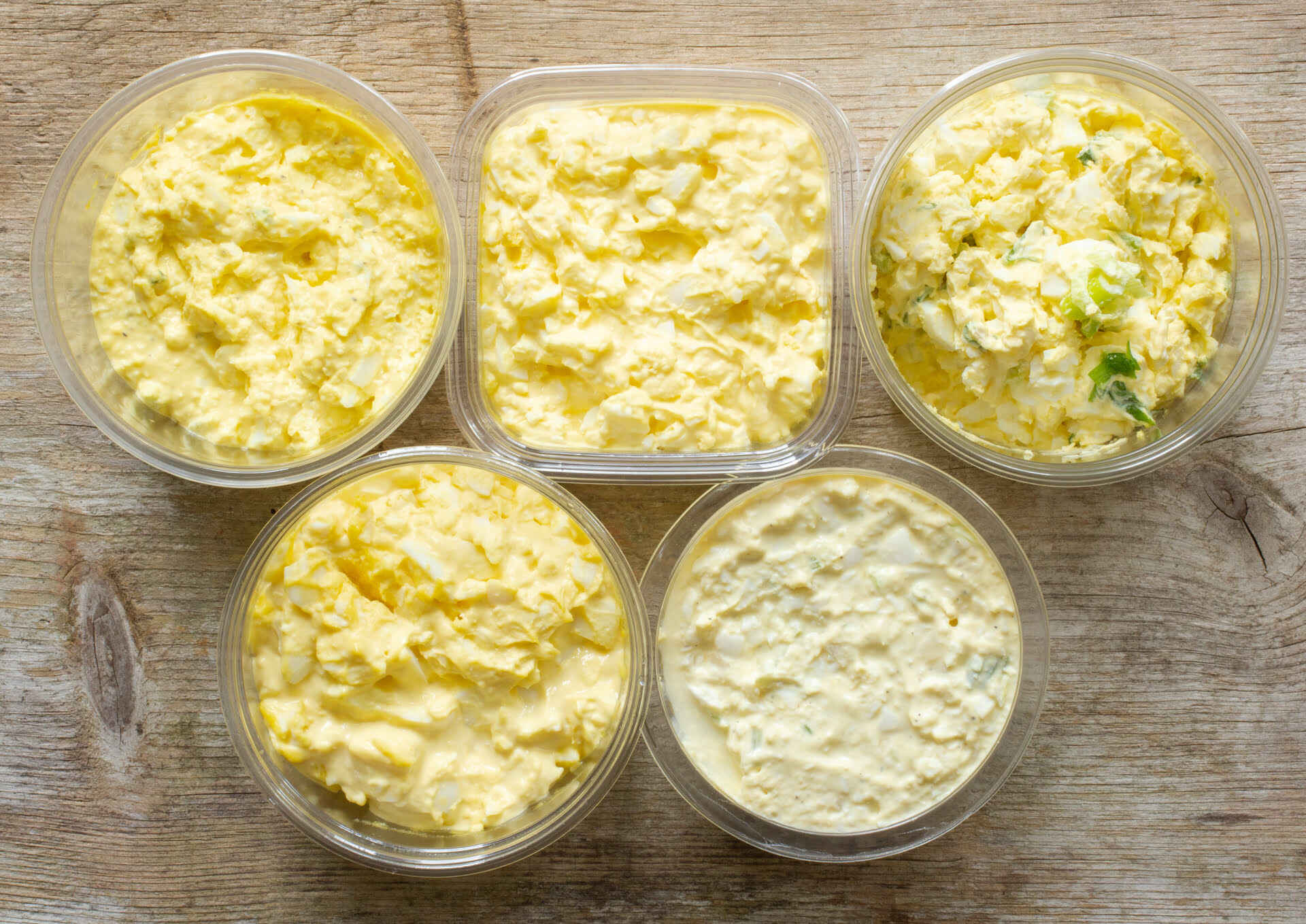


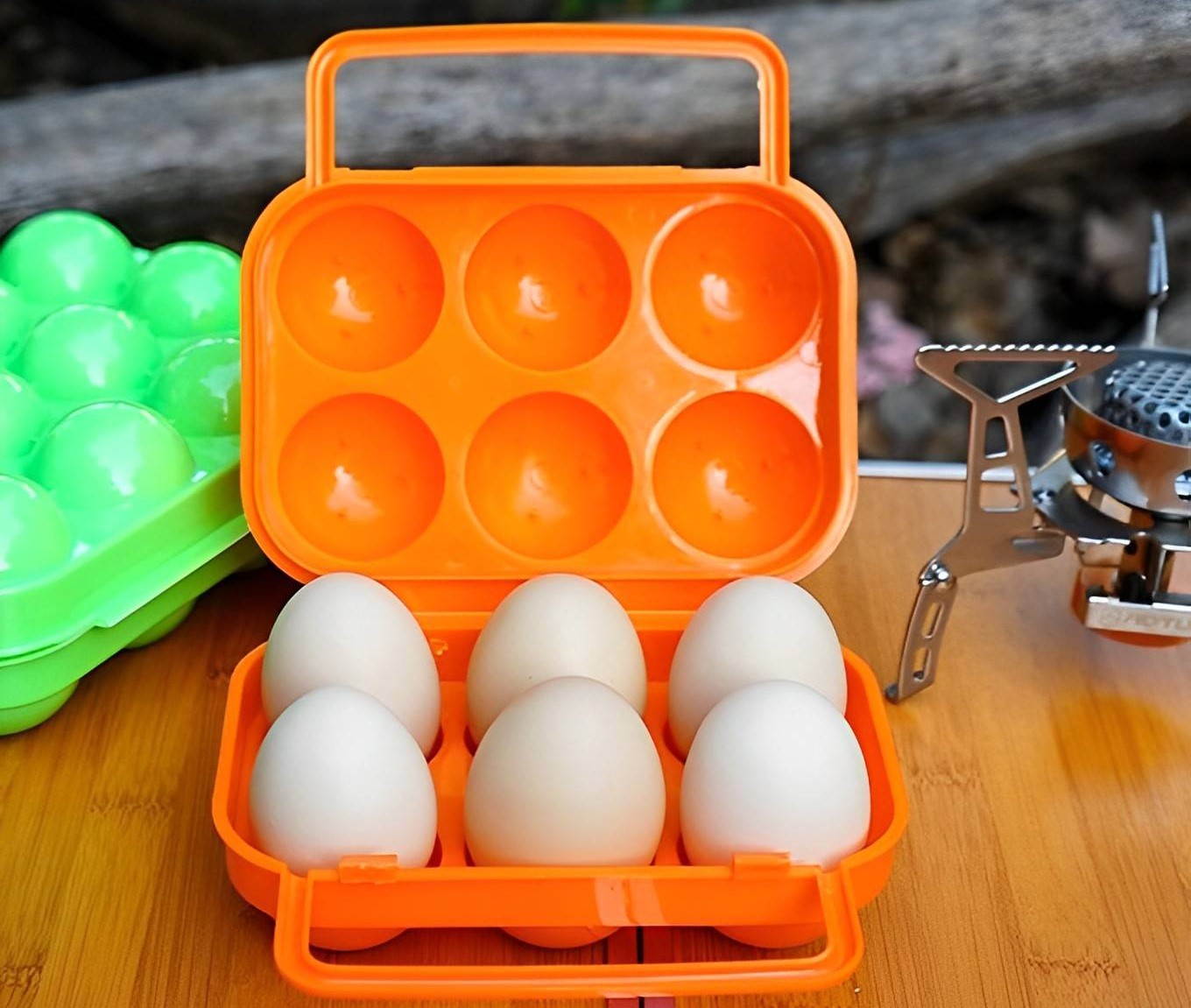
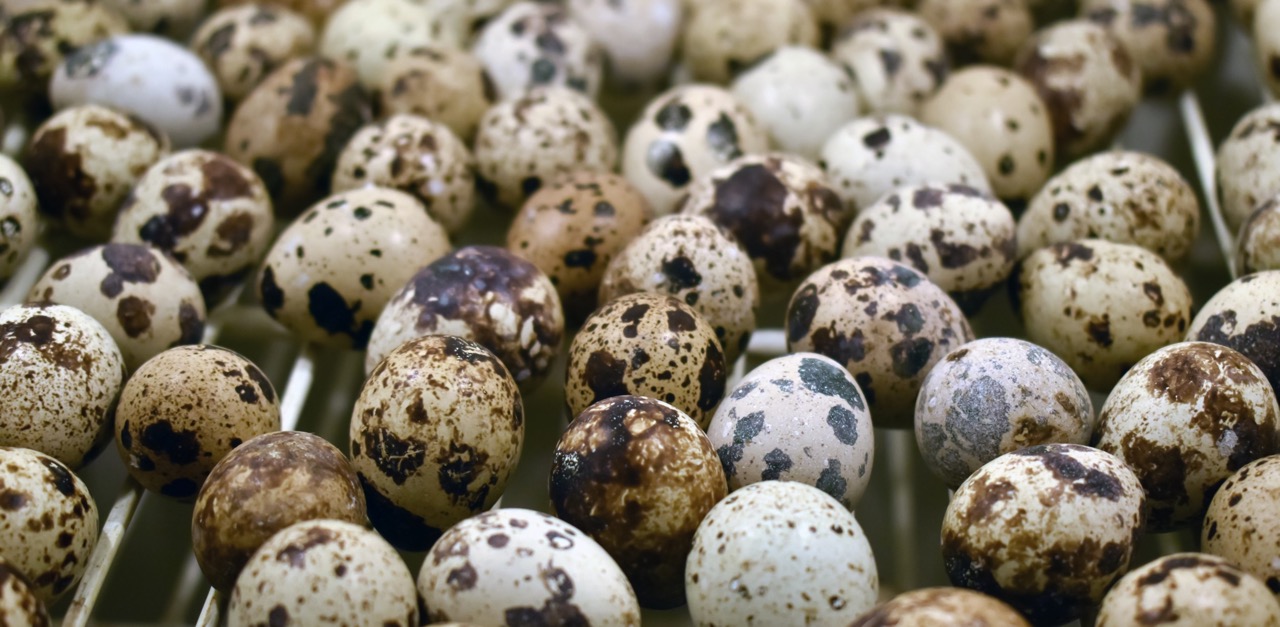
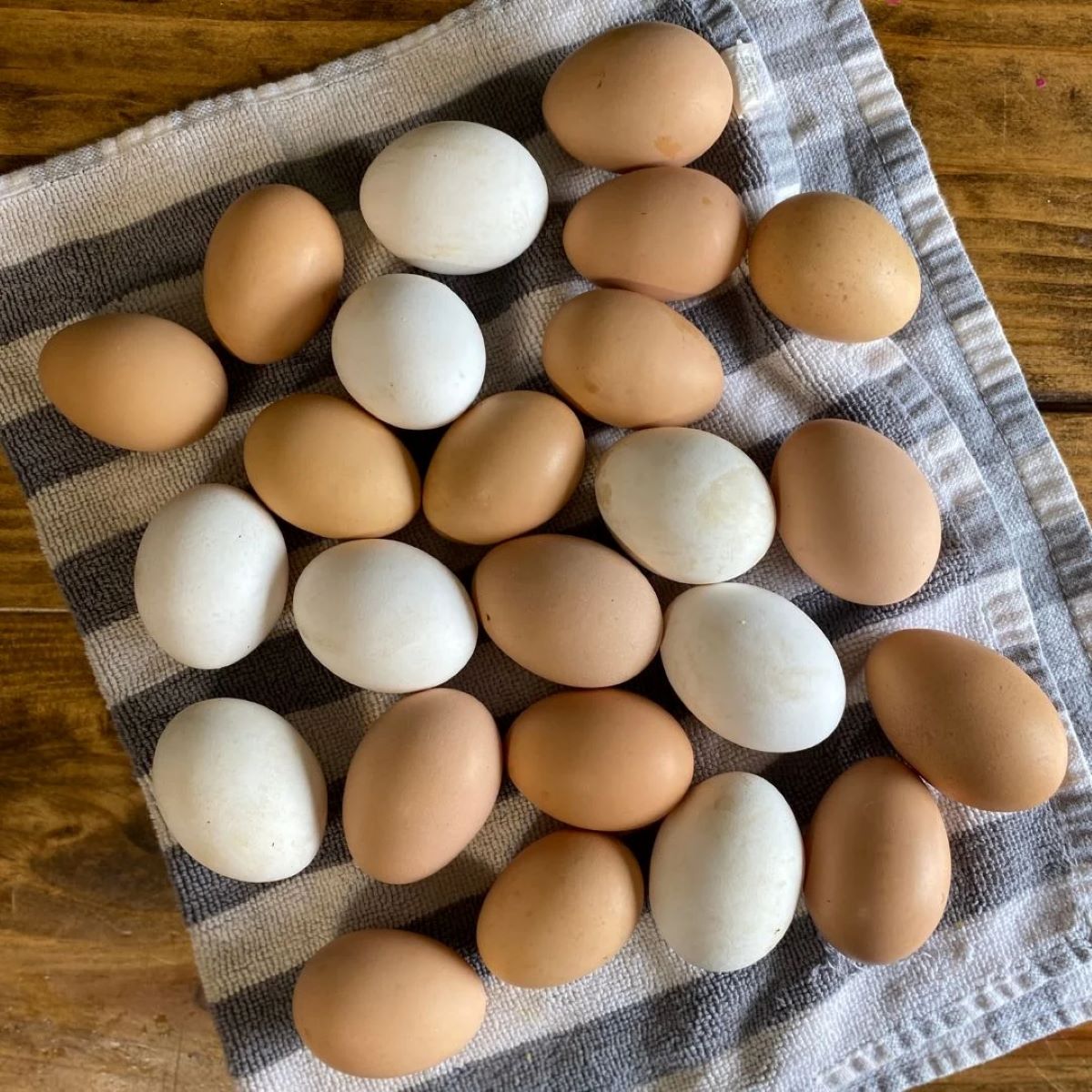

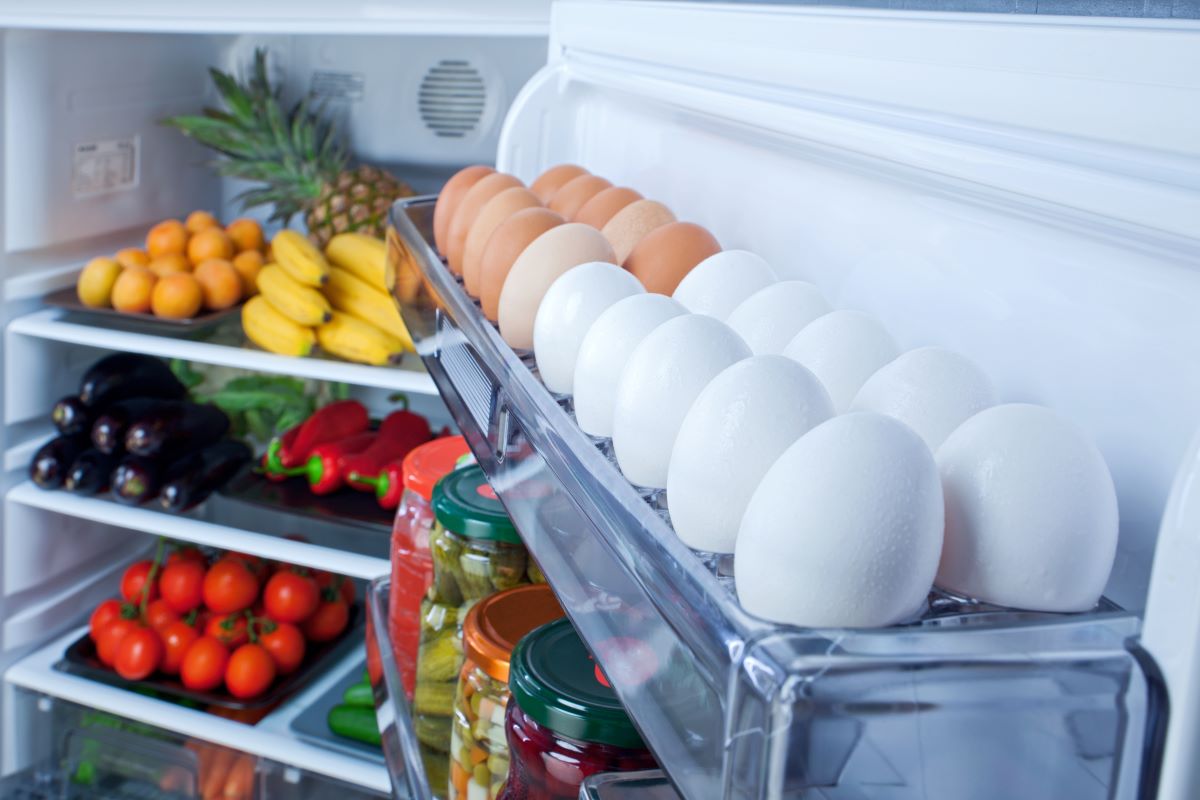
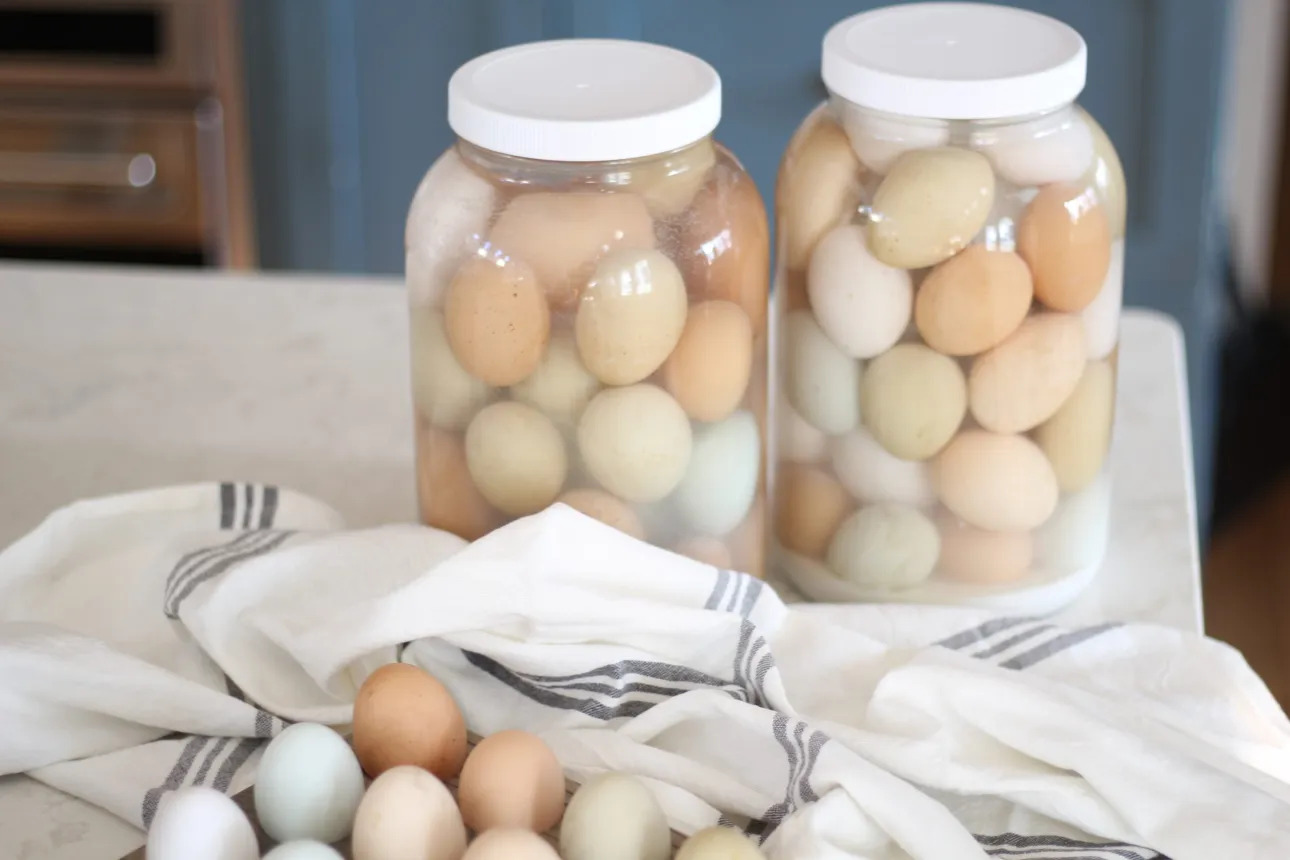

0 thoughts on “How To Store Eggs For Incubation”